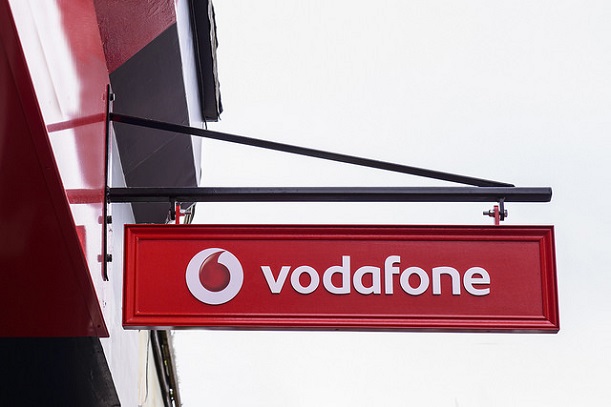Operators can put narrowband-IoT on their agendas after securing a pathway towards a 3GPP standard, a senior Vodafone Group exec has told European Communications/Mobile Europe IoT Conference.
As announced yesterday, telcos have agreed to standardise NB-IoT as the access technology for low-power wide area (LPWA) networks, using licensed operator spectrum, of the type that will underpin massive industrial connectivity, enabling the next phase in the developing IoT market.
Standardisation of NB-IoT was agreed at a 3GPP working group session in Anaheim, California, late last month (November).
“NB-IoT has now been agreed by 3GPP; the standardisation process is not finished, but we have reached agreement, among operators, vendors and chipset makers, that this is the technology to address the LPWA market,” said Luke Ibbetson, Group Director of Research and Development at Vodafone.
“It means a lot of lurid headlines in recent months about industry fragmentation will cease to be a distraction, and we can focus instead on what matters – building an ecosystem, deploying technology and starting to launch services. It means we can, now, put attention and energy on creating a market, rather than arguing about ways to address it. It represents a real step forward for the industry.”
He added: “We need to get going now. We have the technology; it will be developed by all the vendors and a large number of global operators will deploy it. Vodafone has very ambitious launch plans on the back of the standards agreement. We will have initial network deployments in service by the end of next year, rapidly growing into multiple markets from that point.”
Ibbetson had been a critic of the slow pace of standardisation, telling delegates at Huawei’s Global Mobile Broadband Forum, operators were losing customers to the likes of Sigfox and LoRa.
Last month, ahead of the 3GPP session in the US, Vodafone chaired a preparatory event to lay the foundations for a new industry forum to push the development and deployment of NB-IoT technology. China Mobile, China Unicom, Ericsson, Etisalat, the GSMA, GTI, Huawei, Intel, LG Uplus, Nokia, Qualcomm, Telecom Italia and Telefónica attended.
Ibbetson said: “My biggest concern is no longer the technology, but awareness of it. We need this so the industry can build services and applications for it. We are putting together a community, like a band of the willing, to put customers at the heart of it – consumers, enterprises, vertical industries, smart cities.”
At the Mobile Europe event, Ibbetson also put NB-IoT in context of both the wider demands IoT will place on connectivity. “There’s no magic formula that will transform connectivity for the full range of mobile broadband devices. NB-IoT is very ruthlessly looking at this low power, low bit-rate end of the market, where we see a huge amount of activity in terms of connecting a whole new wave of IoT applications,” he said.
He suggested cellular is best positioned to meet the demands new sensor networks will make for highly scalable, highly available, low powered and low cost solutions. “Without wishing to dismiss other technologies, whether in licensed or unlicensed spectrum, cellular can deliver this using NB-IoT technology on our licensed assets,” he said.
Meanwhile, a case was made also for the longevity of LPWA technologies such as LoRA, SIGFOX and Weightless, even in the face of new consensus among telecoms operators for a cellular IoT standard.
Matthew Phillips, Vice President for Business Development at NWave, which used the Weightless open standard, said: “The unlicensed spectrum systems will unlock developer expertise and use cases in terms of IoT applications, which in the end will be transfer to the wide market.”
Caroline Gabriel, Research Director at Rethink Technology Research, said: “With all due respect to the operators, the IoT may have other service providers. It doesn’t have to be entirely dominated by mobile operators. We have seen it with WiFi to an extent, which started as a grotty little local area technology 15 years ago. We shouldn’t just assume there’s only one community that will drive this.”


